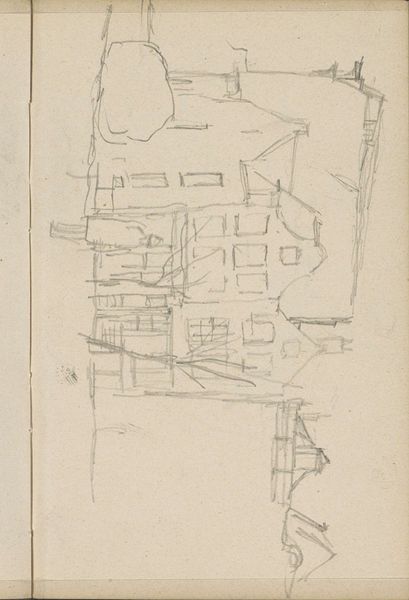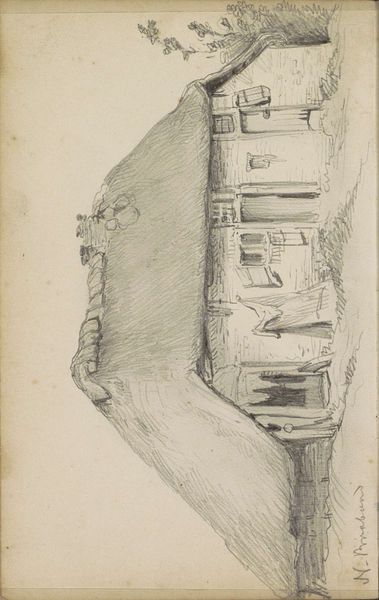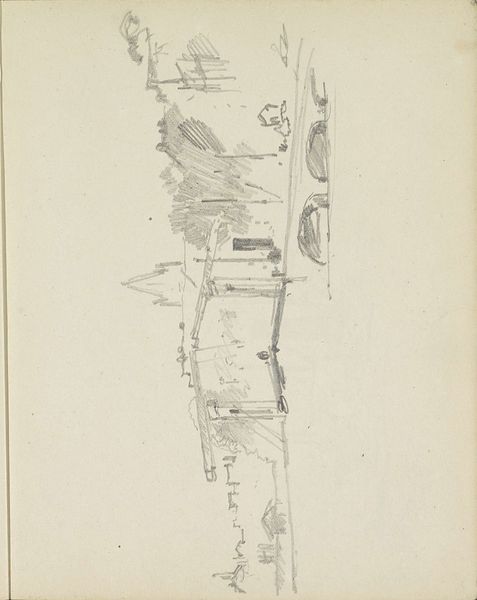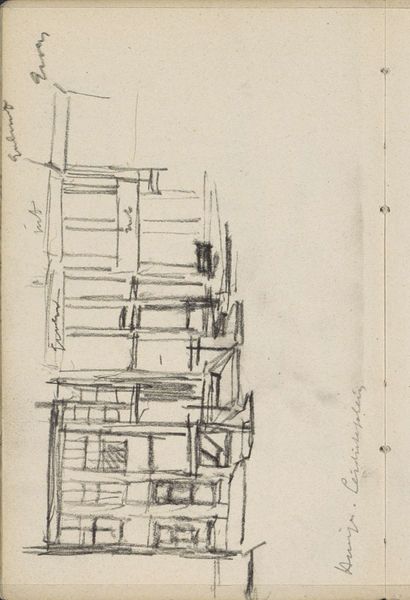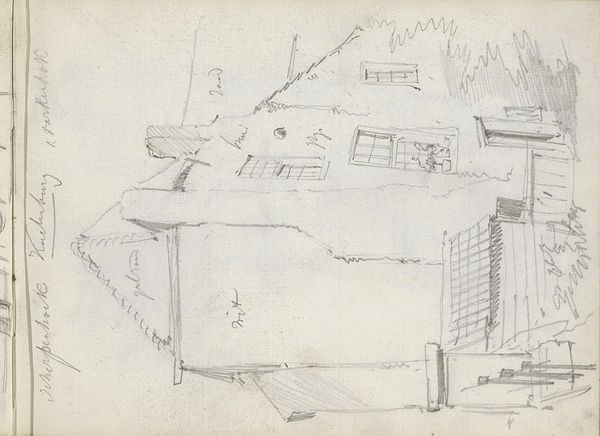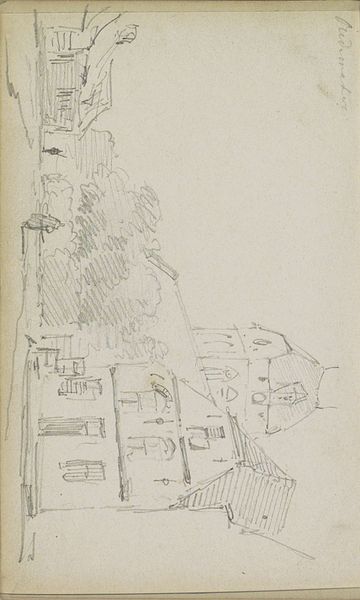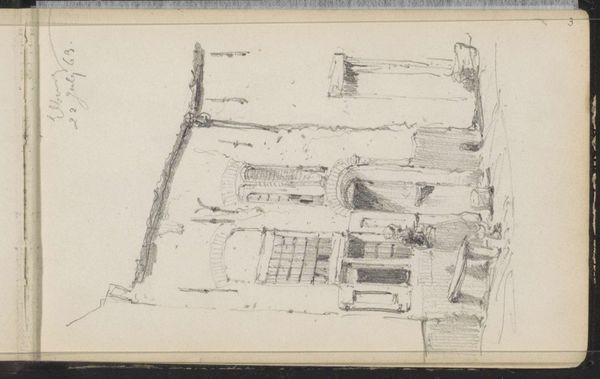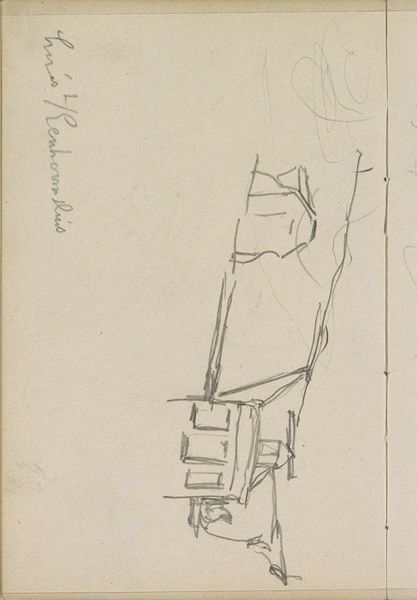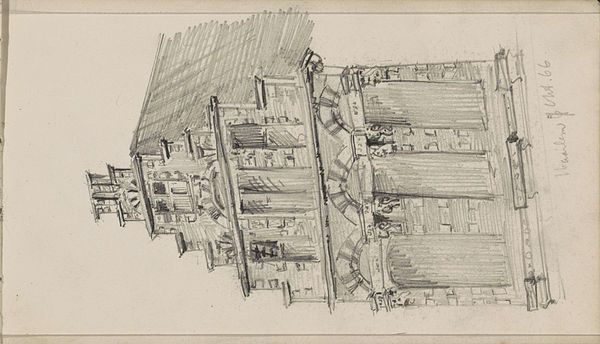
drawing, paper, pencil
#
drawing
#
pencil sketch
#
landscape
#
paper
#
pencil
#
realism
Copyright: Rijks Museum: Open Domain
Johannes Tavenraat made this pencil drawing of a thatched-roof house in Noord-Brabant in the Netherlands, sometime in the mid-19th century. It’s a simple, unassuming image, yet it speaks volumes about the social and cultural context of its time. In the 19th century, the Netherlands was undergoing significant social and economic changes. Rapid urbanization and industrialization were transforming the landscape, and traditional rural ways of life were slowly disappearing. Tavenraat’s drawing captures a glimpse of this disappearing world, depicting a humble dwelling that seems far removed from the bustling cities and factories. The choice of subject matter is itself significant. Artists like Tavenraat often sought to capture the essence of Dutch national identity by depicting scenes of rural life and traditional architecture. This was a self-consciously conservative artistic choice, one that looked back to a perceived golden age of Dutch history. To understand this work more deeply, we can consult historical records, photographs, and other visual materials that document the changing landscape of the Netherlands in the 19th century. By situating the artwork in its social and institutional context, we can gain a richer appreciation of its meaning and significance.
Comments
No comments
Be the first to comment and join the conversation on the ultimate creative platform.
